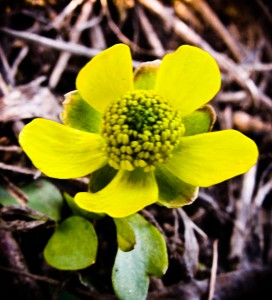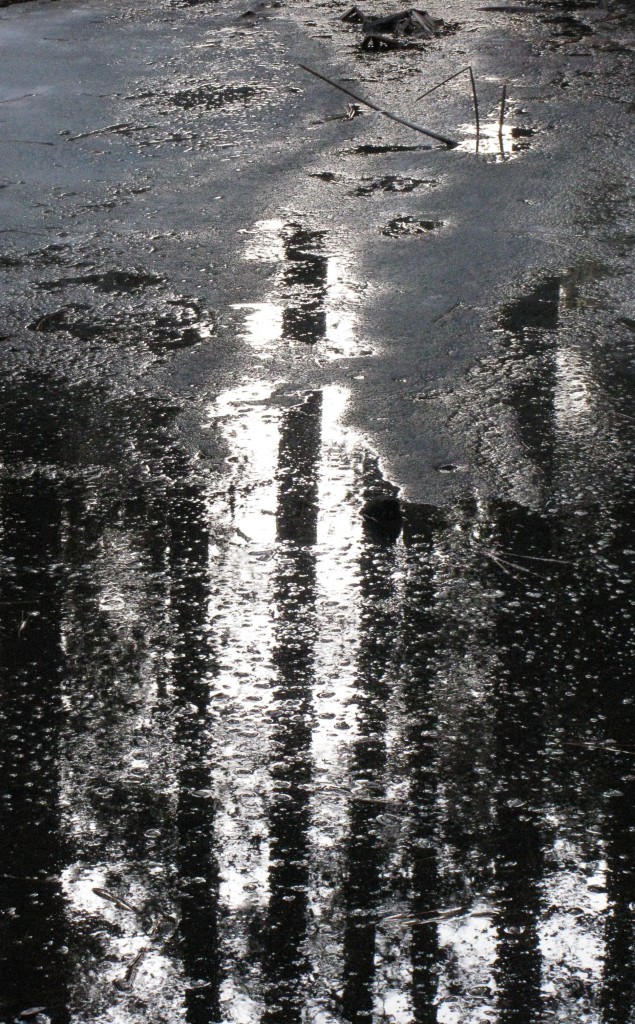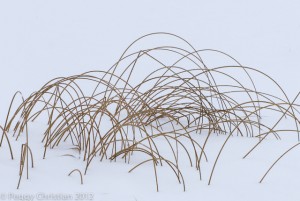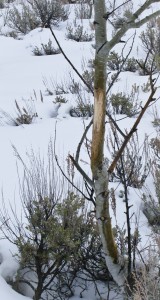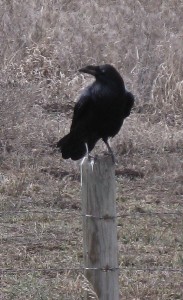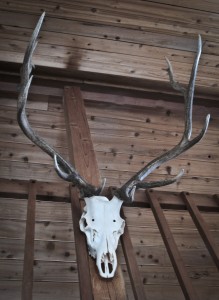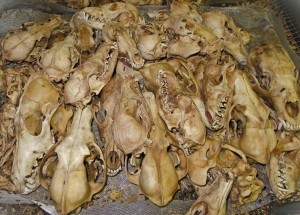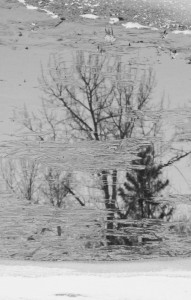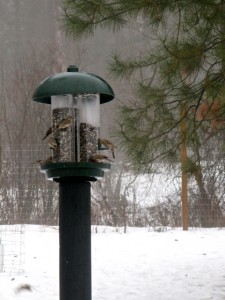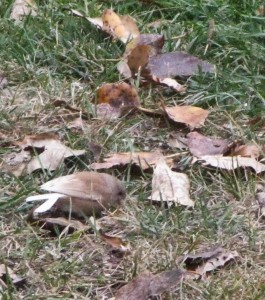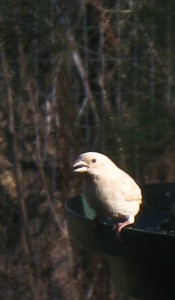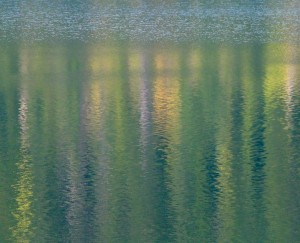First sign of spring in the forests and meadows, it blossoms even before the last patches of snow have pulled back. It’s creamy yellow petals flash in the gray brown tangle of dried grasses, fallen pine needles and melt-soggy soil. They are so small they would probably go unnoticed but for their neon color.
When I was a child we would pluck the blossoms and hold them under our chins. If the bright saffron hue reflected on our skin, childhood folklore said we were fiends for butter. Invariably mine would glow, for there is nothing I love more than thick pats of butter melting into crispy warm bread, or a scoop of melted butter pooled on the end of an artichoke leaf.
One common name for a species of buttercup is “ugly buttercup,” but it is hardly ugly. It may not have the flash of the shooting star, or the elegant swoop of yellow bells, or the exotic glamor of the glacier lily. But those flowers come weeks later, allowing the buttercup to answer our eagerness for spring. Their five shiny petals are created by an underlying layer of white starch which reflects light back through the yellow pigment, making them look like drops of liquid sunlight. The Navajo are said to make a tea from the leaves to protect hunters against dangerous animals, which reminds us when we see the buttercup bloom, the bears are leaving their dens.
We might, later in the season overlook them altogether amongst the abundance and rainbow colors of the summer wildflowers. But it is because they are first, because they grow in great spreading clumps that splash the hillsides with gold, because they are such a welcome contrast on gray cloudy, gumbo mud days in late March, that we so avidly seek them out. Proving, I suppose, that even the most ordinary and unremarkable can be something extraordinary if it finds a way to stand out from the crowd.

